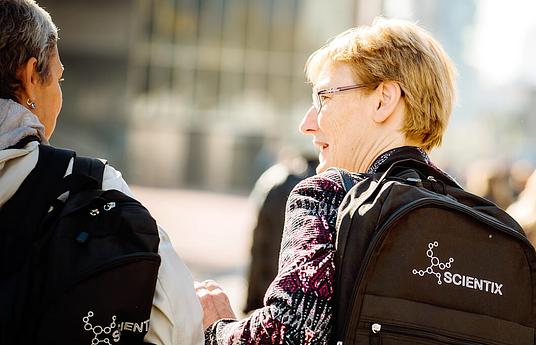Touchable Earth promotes tolerance and inspires a positive sense of purpose in young people. Touchable Earth plays on the natural curiosity of children to capture their attention and subtly plants values of tolerance into their minds. It does this in 3 key ways.
1. Challenging the definition of 'us' and 'them'. Touchable Earth presents diversity as part of 'us' rather than 'them'. It normalises being taught by people of different cultures, races and genders (an equal amount of all content is presented by girls which is a rarity given what I have seen through the worlds classrooms). This means that later in life it is less likely someone will discount or dilute an idea or solution based on the characteristics of the presenter.
2. It encourages asking different questions. Kids using Touchable Earth immediately see the similarities between people, once the similarities are established as a bridge then the differences can be studied in a positive way.
3. Broadening the answers: The world cannot be explained with answers in statistics. If you asked a student 'what is a family in Marshall Islands like', for example, Google only shows a high birth rate and low income. Touchable Earth shows a loving family, a mother that helps with homework and a dad who works and loves his children. That content does not exist anywhere else. This app humanises places rather than thinking of them as a desert, or mountain or some other characteristic. These factors combine to prepare children for a lifetime of learning. They learn to view anyone as a potential teacher as they have learned from so many people at that critical age.



